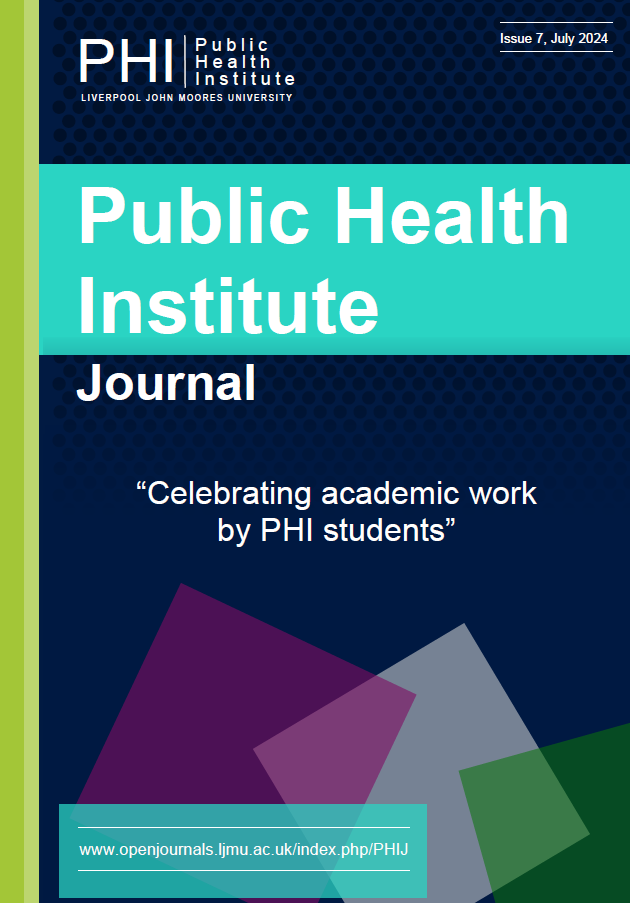How media influences public behaviour when a public health scare occurs
Commendation for Significant Achievement
Keywords:
Media credibility, Moral panic, Media-influence, Health scares, Public behaviourAbstract
This research delves into the influence of media portrayal regarding public responses to health threats and proposes strategies to improve future responses from the public. This is a literature review format, analysing past studies in peer- reviewed journals and books as well as historical news reports on certain health incidents. Three case studies, the HIV/AIDS epidemic in the 1980s, the anthrax attacks in 2001, and the COVID-19 pandemic in 2020, are analysed to understand public reactions and moral panics, using Stanley Cohen's model of moral panic. This model is an important method used when analysing the research in this literature and showing how each stage of the model is met in each instance to cause a social change and moral panic. The analysis focuses on how these events unfolded, their impact, and whether the media contributed to moral panic and negative behaviours being displayed. The study explores the role of media in shaping public behaviour during health crises. By understanding the media's influence on moral panic and public behaviour, the research suggests harnessing media to prevent negative outcomes during future health scares would be beneficial. Recommendations include ensuring accurate media reporting to prevent speculation and regulating social media to combat misinformation and conspiracy theories. Successfully utilising social media could significantly improve public health management now and in the future. Overall, the research highlights the significant role of media reporting in instigating moral panic during health crises throughout history. It encourages harnessing media influence to eliminate negative impacts and improve public health responses. The findings demonstrate the importance of accurate reporting and regulating social media to effectively manage public health crises and mitigate the spread of misinformation.
Published
Issue
Section
License
Copyright (c) 2024 Kiera Tonks

This work is licensed under a Creative Commons Attribution 4.0 International License.
Authors retain copyright and grant the journal right of first publication with the work simultaneously licensed under a Creative Commons Attribution License that allows others to share the work with an acknowledgement of the work's authorship and initial publication in this journal.


